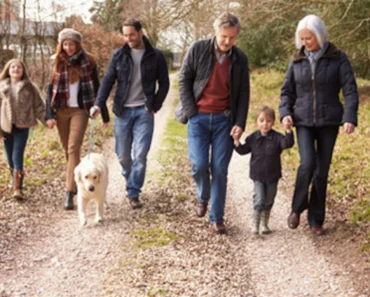Are you familiar with the profession of Kinesio-oncologist, which consists of offering physical activity programs to people undergoing cancer treatment?
We are going to explore this work in more detail with Myriam Filion, from Quebec, Kinesio-oncologist for 6 years.
How did you choose your profession?
I have been a kinesiologist for 6 years, but I have more than 10 years of experience in facilitating group classes. My clientele has always been very precious to me. I had the desire to offer a credible and quality service and to answer their questions related to their health and their physical condition as best as possible.
During my university training in kinesiology, I developed a particular interest in the field of oncology. Seeing all the benefits that physical activity could bring during cancer treatment, I became interested in its role in the treatment plan of a person with the disease. Motivated by my passion, I pushed my studies to a master’s degree to develop my expertise with the oncological clientele.
What does your typical day look like?
As I recently opened my own clinic, I now wear the hat of an entrepreneur and that of a kinesiologist. Generally, I always arrive at the studio between 7 am and 8 am. I analyze and prepare the client files that I will receive during the day. I read one or two scientific articles to keep myself up to date and be safe in my interventions. I then let my creativity run free to prepare for the different group sessions that I will lead during the day with the different clienteles. An important part of my duties is also to prepare personalized training programs for the clients I receive privately. Of course, I keep a time slot for personal yoga, dragon boat, soccer, or jogging training.
What excites you about your work?
I have always been passionate about physical activity. When I discovered the potential benefits associated with moving for people in treatment, the signal was clear: this was going to be my mission. For more than 8 years, I have been inspired by the courage, strength, and determination of people who are fighting disease. My greatest pay is feeling that I am making a difference in their lives. It is to see the progress of a person who makes the effort to move despite their physical limitations. There is nothing more beautiful than seeing a client gain confidence in their physical and psychological abilities through physical activity.
What makes you proud to practice this profession?
Intervening as a kinesiologist with this clientele is more than a profession, it is a raison d’être. It is a great privilege for me to educate and help people take care of their well-being and adopt a long-term physically active lifestyle. Physical activity is an essential service in the trajectory of a cancer patient and, in Quebec, very few of us have this expertise. After several years of working as a professional in the public sector, today I have my own Kinesio-oncology clinic. Each of my clients is considered a partner of my business, because their personal story inspires me in order to develop myself as a person and, by the same token, develop my business according to what my customers pass on to me.
What would you like people to know about your work?
Although kinesiology procedures may seem to overlap with certain professions, each has a well-defined scope of practice that promotes interdisciplinary work. The role of the kinesiologist is to take care of the general physical condition of the individual taking into account his limits and his physical abilities. The collaboration of the kinesiologist with the various professionals (physiotherapists, social workers, psychologists, etc.) allows him to adequately develop a specific, safe and personalized exercise prescription.
What advice would you give to those who would like to do this job?
You have to be passionate about the human being as a whole and convey human values. Listening, compassion, and respect for the reality of each client is my best recipe for concocting tailor-made training programs and leading group sessions in a fun and good mood. Finally, the best way to be convinced of the benefits of physical activity is to practice it yourself.



